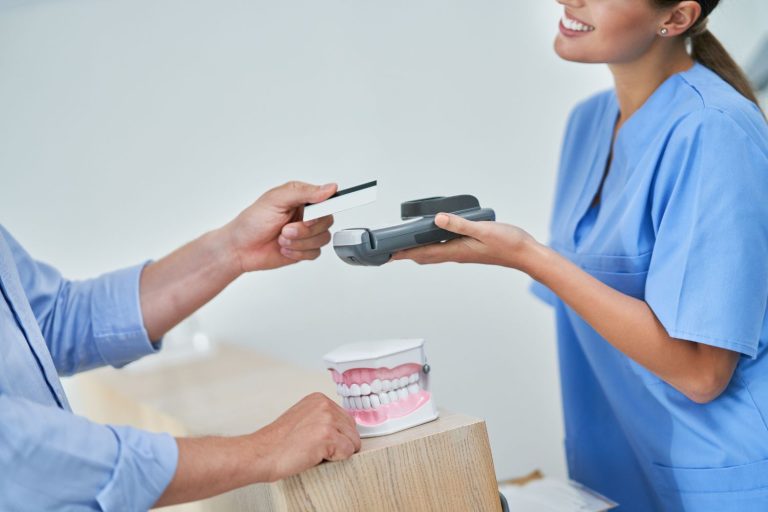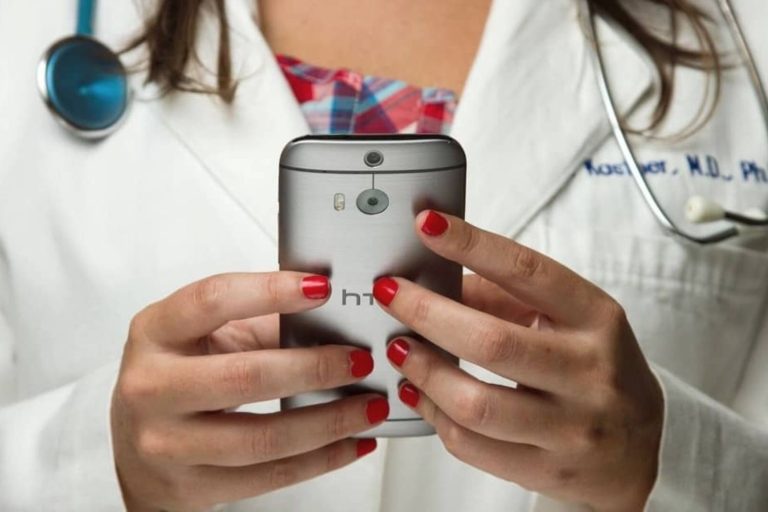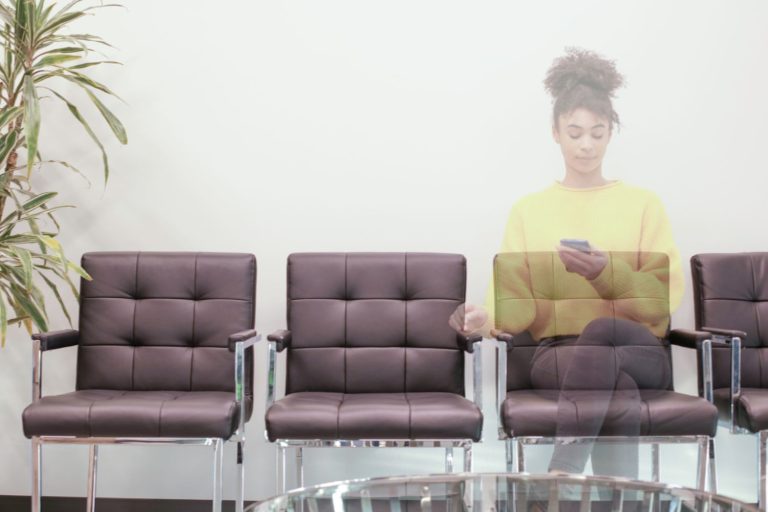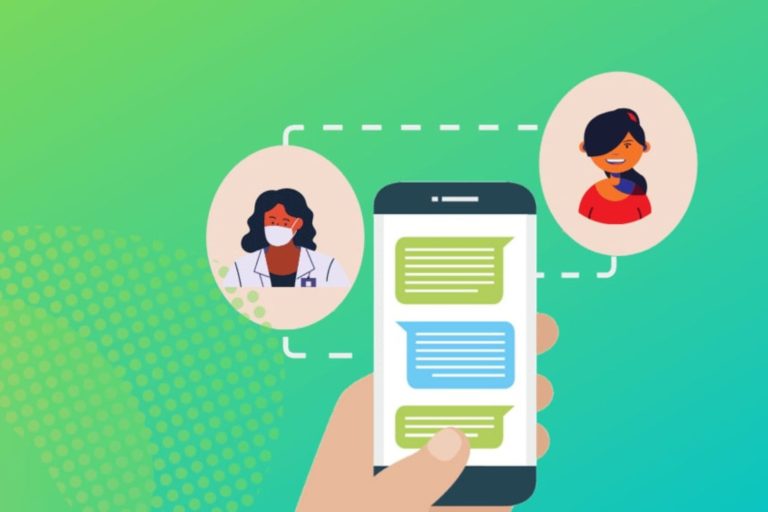QR Codes in Healthcare: Why Are More Practices Going Digital with QR Code Check-In?
Last week, my family and I stepped out for dinner at a neighborhood restaurant. While everyone was busy settling down, I quickly grabbed my smartphone and scanned the QR code which was plastered on the table surface. Instantly, the menu popped up on my phone and we were ready to order the food. It was so quick, paperless, and convenient.
QR codes in healthcare are similarly reshaping the patient intake process, addressing everyday challenges such as crowded waiting rooms, long check-in lines, and manual paperwork – all while making the experience more seamless for both patients and staff.
Let’s delve deeper to see how.
What practices look like with conventional patient arrivals?
Even today, many practices are still dependent on front desk check-ins or kiosks. While digital pre-registration and online payments have reduced some of the paperwork before visits, the final step of confirming arrival often causes bottlenecks. Here’s how.
- Patients line up at the front desk, adding to wait times
- Staff juggle multiple tasks, leading to errors and delays
- Longer face-to-face interactions slow down the flow, frustrating both patients and staff
By bringing the convenience of QR codes in healthcare, practices can provide a smarter and faster solution that solves the headaches of patients and staff
Mobile Arrivals

With QR code check-in systems, intake processes can be a piece of cake for most practices.
Your staff can simply generate a QR code, print it out, and place it strategically at multiple convenient locations like the entrance, parking lot, or in the waiting rooms.
Patients arriving for appointments can just scan the medical QR code using their smartphone, authenticate themselves, and instantly confirm their arrival. Next, your front office team receives a real-time alert on their dashboard for patient arrivals, which speeds up the check-in process and enables patients to be sent to the exam rooms more quickly. Therefore, there’s no crowded waiting room and both patients and staff are happier
QR codes in healthcare beyond arrival confirmation:
A QR code for appointment check-in isn’t just about confirming presence. Practices can take it further by linking the QR code to the actual check-in process.
With this, practices have a zero-investment, modern check-in options – unlike the costly hardware modes like kiosks or tablet check-in.
- Patients can scan the medical QR code while sitting in the car or waiting room and:
- Complete their demographics and clinical data
- Update their insurance information
- Sign consent forms
- Even make co-payments, all from their own device
This means that they don’t have to wait for their turn to get the shared kiosks, flip paper forms, or clipboards.
Will QR Codes stay relevant in the long run?
QR codes are here to stay and are revolutionizing the check-in experience immensely. Here are the reasons:
- Cost-effectiveness: It goes without saying that paper forms are inconvenient when it comes to checking in, and it’s time-consuming. In comparison, kiosks and handheld devices can be expensive. With QR codes, your practice leverages patients’ personal device for digital intake, saving on hardware and printing costs.
- Simple & familiar: Nowadays, every smartphone has the capability to scan QR codes instantly with no extra app required. Patients use QR codes regularly for availing other services, making it an easy and familiar experience.
- Shorter lines, faster check-in: By scanning the code, patients can complete their check-in and intake even before stepping into the lobby. On the other hand, the staff get real-time updates and can keep the patient flow moving, cutting down waiting room congestion.
- Safer and cleaner environment: QR codes reduces the risk of shared surfaces and in turn, lowers the risk of spreading infections, supporting a healthier environment year-round – be it the flu season or any viral diseases. By adopting a QR code check-in system, practices not only improve patient experience but also reduce administrative workload to keep daily operations running smoother.
Here’s how a leading pediatric practice made check-in stress-free
Knoxville Pediatric Associates was finding check-in challenging, especially for same-day sick visits. The manual process was time-consuming and stressful for parents, children, and staff alike- more so when dealing with fussy kids.
By switching to QR code check-in with CheckinAsyst, the practice transformed its workflow:
- Parents arriving for same-day appointments could skip the line and scan a medical QR code on their phone.
- Those who hadn’t completed pre-registration could still finish check-in digitally using the QR code.
The results?
15-20 mins saved per patient, leading to a smoother, faster, and less stressful check-in experience.
Closing Thoughts
QR codes in healthcare aren’t just a temporary trend; they’re a practical and cost-effective tool for modernizing patient intake. Whether it’s for mobile arrivals or confirmations, it’s high time that your practice replaces paper-based, manual processes to minimize staff burden and delight patients with a seamless digital experience.
Ready to transform your patient check-in with QR codes? Schedule a demo to discover how a QR code check-in system can benefit your practice.







